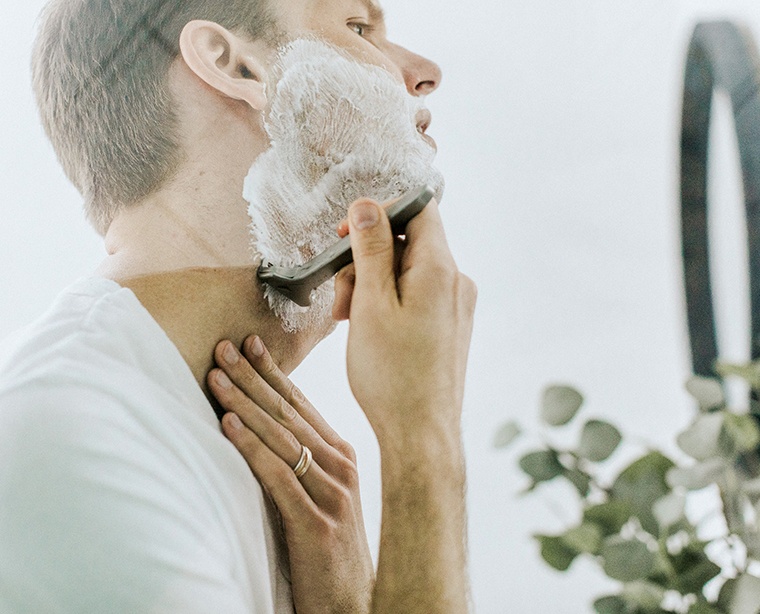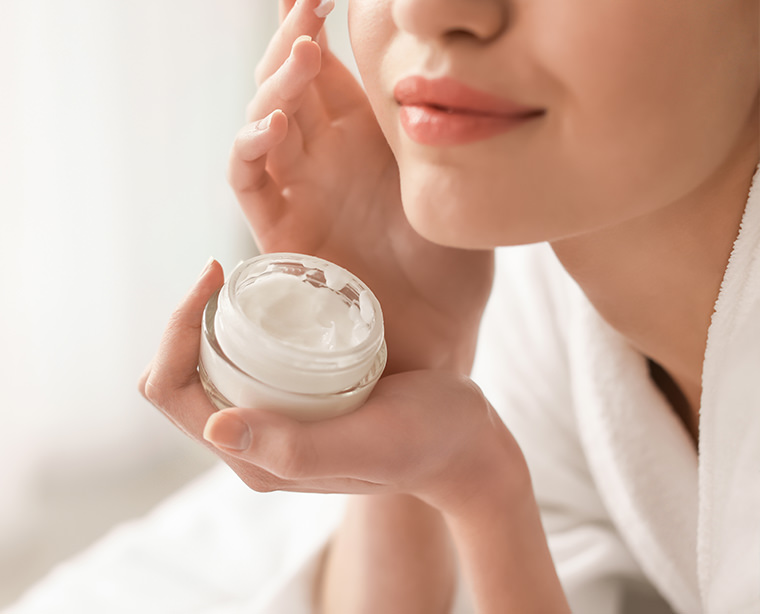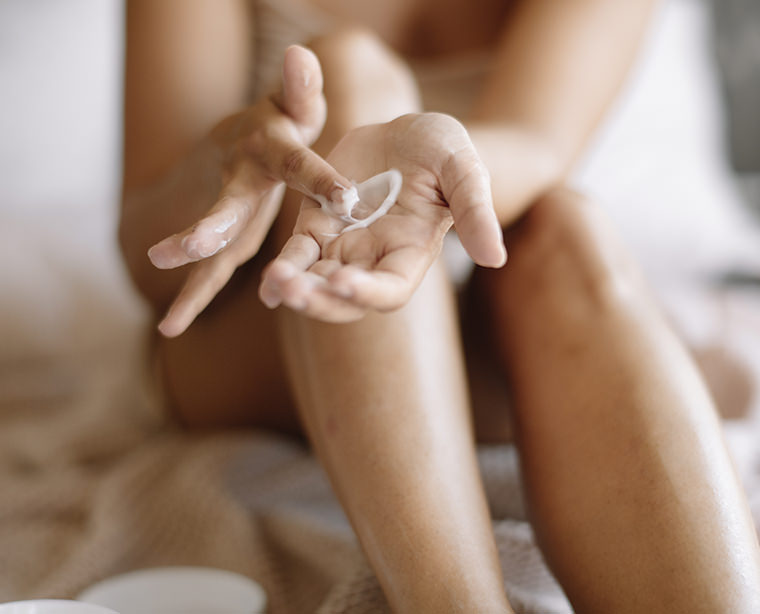

Eczema: men's care

Atopic eczema is a particularly troublesome disease in daily life and can be made worse by everyday actions that are harmless for most people, such as shaving, and using perfume or deodorant. Here is some advice to help you out, based on my experience at the Nantes School of Atopy.
Is it OK to grow a beard or mustache when you have eczema?
Yes. There is no general rule, but there are a number of interesting findings. In atopic patients, hair in general tends to be tolerated to varying degrees, which is explained by its scaly composition, making it abrasive to fragile or damaged skin.
Atopic skin is often irritated by friction from hairs rubbing on it. For example, long hair rubbing on the back of the neck and upper back, especially during sleep, may be responsible for areas of unwanted eczema.
With beards, it's a little different because the hair grows away from the skin, causing less friction than hair on your head. This means the situation is actually more problematic for people with atopy whose partners have beards, for whom they can be a real problem (irritation of the lower face, eczema of the lips, etc.).
Shaving products and eczema?
For atopic skin, it’s important to avoid causing irritation when shaving. So the first question to ask is whether what you do causes irritation or not! If there’s no problem, no change is necessary. In case of irritation, a few simple rules are usually enough to make shaving comfortable:
- Favor mechanical shaving
- Shave right after showering or at the end of your shower
- Rub the skin with a dermatological bar
- Apply a shaving foam or gel
- Shave in the direction of the hair
- Rinse well
- Apply a moisturizing face cream - Avoid aftershave lotions
All products used must be suitable for atopic skin.
Can you use perfume?
Perfume can be used with an adapted procedure.
- No perfume sprayed directly on the skin
- Spray clothes on a chair (or other) and wait a few minutes before wearing them to avoid skin-to-perfume contact.
- Avoid perfume in times of flare-ups when the risk of becoming allergic is greater.
- Favor branded perfumes that are often less allergenic
- Avoid changing perfumes frequently. By using multiple fragrances, the risk of running into products you don't tolerate increases.
Can you use deodorant?
- Similarly, avoid deodorant during flare-ups when the risk of becoming allergic is greater.
- Favor deodorants without perfume and without aluminum
- Do not continue to use a product that irritates the skin
Ingrown hairs on the neck and back of the neck
The shaving techniques described above can often be sufficient to solve or alleviate the problem. Sometimes, hair removal laser treatment is necessary (usually one to three sessions), which refines the hair, makes it thinner and avoids ingrown hair. This treatment should be performed at a dermatologist's with an adapted laser.
Hair removal for men
For men who epilate, the main complication is folliculitis, which is an infection of the hair by a bacterium (most often staphylococcus aureus), causing small painful white pimples at the base of the hair during hair removal.
The most effective way to fight against this problem is diluted bleach baths (or DAKIN), a technique widely used across the Atlantic and which is very effective.
In half a lukewarm bath, pour two coffee cups of prepared bleach or DAKIN, mix, immerse the area or areas to be epilated for 10 minutes, perform the hair removal, and immerse the area or areas again for 10 minutes. This technique provides gentle, in-depth disinfection of the hair and usually prevents folliculitis.
If it fails, a consultation with a dermatologist is necessary to carry out a more complete disinfection and get rid of this microbe, which can sometimes prove quite obstinate.


